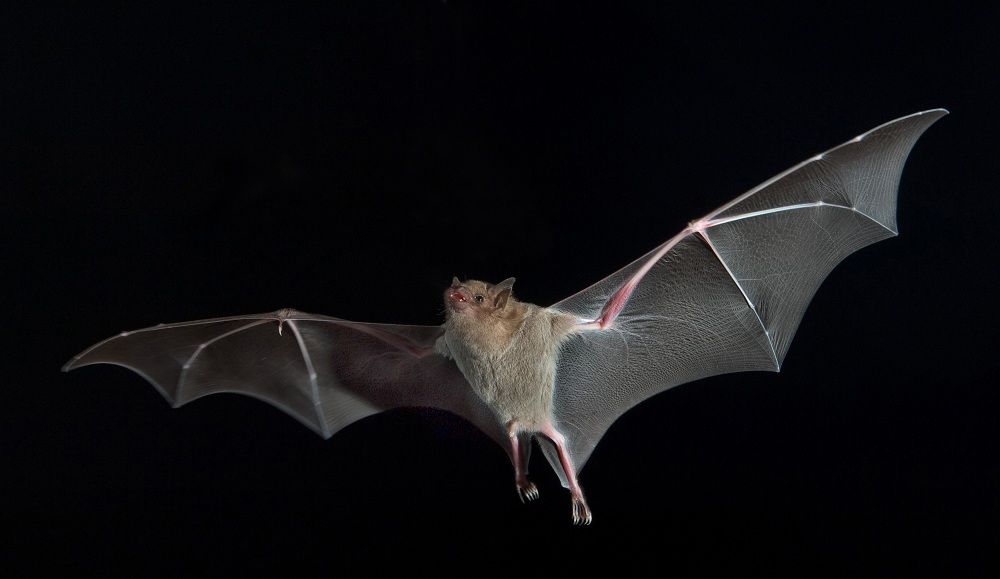THEY COULD USE HELP
Last year businesses in the Northwoods suffered due to the lack of snow and mild winter, but I guarantee the birds remaining here were extremely appreciative of mother nature. This coming winter supposedly or let’s say (could be) colder with above normal amount of snow. If the weather men are right, it could truly make up for lost revenue last year, but I’m pretty sure the birds calling Wisconsin home year-round are not looking forward to a harsher winter. There are over 25 species of birds that do not migrate south and depending on how severe our Northwoods winter is it’s possible some won’t see spring. This is especially true for young birds that were in a nest just a few months ago and have never experienced cold weather or snow. So, how do birds survive the winter months?
Birds do have a few defenses against the cold weather. We won’t see this process, but birds naturally molt (shed summer feathers for winter plumage), but when this process is completed, you WILL notice their appearance has changed. These new winter feathers are darker to absorb sunlight for added warmth and they now have what is called DOWN FEATHERS under their new dark top (flight) feathers. If you see a bird shivering, you might think they are chilled to the bone because this is what we do, but they are doing so to generate heat. Even though they have these defenses, food and shelter can be hard to find.
There are some birds like Chickadees that cache food (kind of like squirrels) before winter and remember where they stashed food. Chickadees also will locate and spend cold snowy nights in crevices of trees, but not all birds are this smart. Late fall when most of their diet is dwindling those other birds need food and shelter to survive winter. This is where we can help those that stay in the Northwoods. If you hung feeders up during the summer and enjoyed seeing the different varieties of birds outside your window, keep them up and you will still see birds every day. I am not the type to grab binoculars and head to the woods to look for birds and I’m the last person you would expect to see sitting in the kitchen and watch birds eating seed while having my morning coffee, but that is what Monica, and I do. Trust me on this one. Buy a small bird feeder and hang it by a window where you can see it and you will be surprised how relaxing it can be. If you decide to do so, there are different types of feeders with TUBE & SUET feeders being the best. The ones with a cove over the top will keep the seed dry.
Smaller birds will find and use shelter and to conserve body heat, huddle together at night. So, another way we could assist our feather friends is putting up a medium size bird house. This will help those birds that have never been in the cold or seen snow survive. Now you’re going to thing I’m going way overboard, because water is just as important as food, YES, we are going to add a heated birdbath near our 2 feeders.
Think about this. For under $125, a person can buy a couple of bird feeders and put together a heated birdbath to help the birds that don’t vacation down south in the winter. So, for less than a dinner for two at a supper club, you can help birds survive the winter and at the same time, enjoy seeing them outside your kitchen window while sipping your morning coffee.




